In today’s digital landscape, where cloud computing, automation, and interconnected systems reign supreme, organizations face a rapidly growing and often overlooked security challenge: managing non-human identities (NHIs).
NHIs, including service accounts, API keys, tokens, certificates, and robotic process automation (RPA) bots, are essential for modern business operations. They enable ever-increasing machine-to-machine communication, automation, and cloud-based service integrations.
However, their proliferation and often inadequate security practices create a significant attack surface that CISOs and IT managers must consider.
Our security offerings — Application Security (DevSecOps) and Threat and Vulnerability Assessment — include robust NIH (Non-Human Identity) identification and analysis capabilities.
At Crossjoin Solutions, we routinely address NIH in diverse customer projects, spanning areas from performance optimization to information security. Committed to protecting the credentials entrusted to us, we have developed proven and effective methods to secure NIH usage. Our team is ready to share these best practices to enhance your security measures and build confidence in the safe handling of NIH.
Research indicates that machine identities now outnumber human identities by factors ranging from 45:1 to 92:1. It is the iceberg underneath. Key factors driving this proliferation include:
- Cloud Adoption: Cloud migration introduces a new identity management paradigm with cloud-specific NHIs, such as service principles and roles.
- Automation and DevOps: Automation and DevOps rely on NHIs to perform tasks and access resources efficiently.
- API-Driven Architectures: Microservices and APIs depend on NHIs to enable seamless data exchange and component interaction.
Neglecting NHI security can have serious consequences. Attackers increasingly target NHIs, which often have more extensive access than human accounts. A study by Entro Labs (*) found that 100% of audited environments had secrets with excessive permissions, creating unnecessary exposure.
- Evolving Threat Landscape: Attack techniques are constantly evolving, requiring organizations to proactively secure NHIs.
- Compliance and Regulatory Requirements: Frameworks such as GDPR, HIPAA, and Sarbanes-Oxley mandate strict identity and access controls, including for NHIs. Failing to meet these standards can result in fines and reputational harm.
- Business Impact of NHI Compromise: A compromised NHI can lead to data breaches, service interruptions, financial loss, and reputational damage.
According to “The State of Non-Human Identity Security” by the Cloud Security Alliance, common issues such as stale accounts, poor credential rotation, and lack of environment segregation significantly heighten risk.

(taken from “The State of Non-Human Identity Security”, Cloud Security Alliance)
At Crossjoin, enhancing information security is an ongoing commitment. We employ a wide range of controls, from comprehensive policies to customized technical solutions for access and identity management. Always keep in mind the human factor: Promote regular awareness sessions on handling NIH within projects.
The highest priority steps to establish a strong NIH Management foundation:
- Gain Comprehensive Visibility: Conduct thorough audits and maintain an up-to-date inventory of all NHIs across the enterprise, including those in cloud environments, on-premise systems, and third-party applications.
- Implement Robust Lifecycle Management: Automate processes for the creation, management, and de-provisioning of NHIs, ensuring permissions are revoked when no longer needed and ownership is clearly defined.
- Prioritize Privileged Access Management (PAM): Implement a PAM solution to enforce the principle of least privilege, automate credential rotation, and implement just-in-time (JIT) access for NHIs.
Then, further steps towards robust NIH protection are:
- Remediate Common Issues: Address issues such as stale accounts, inadequate credential rotation, and environment segregation.
- Establish a Strong Governance Framework: Integrate NHI-specific policies into broader governance frameworks with clear ownership, approval workflows, and naming conventions.
- Embrace Zero Trust Architecture: Continuously validate NHI access based on contextual factors like time, location, and behavior.
- Encourage Collaboration and Education: Promote a culture of shared NHI security responsibility by educating developers, IT staff, and business units on secure practices and fostering cross-team collaboration.
By prioritizing NHI management and implementing these steps, CISOs and IT managers can mitigate the risks associated with these invisible actors and protect their organizations’ critical assets.
Contact Crossjoin Solutions to discuss the best strategies for managing Non-Human Identities in your organization. Our team is ready to guide you through effective solutions tailored to your unique needs.






Recent Comments